Dear Reader (2023-06-12),
The Pink Floyd lines “Careful where you walk, Move along, move along” come to mind. Oh the dreck I captured. Today’s presentation challenge is to somehow communicate the lushness of history and visual splendor that is Topkapi Palace, using images that were captured during a brief tour surrounded by people from multiple groups, and photographic opportunities lasting milliseconds This is not a complaint – it is a statement of constraint. In other words, the option of using a tripod in an empty room with only natural light to illuminate the rich spaces was not available to me. Another of today’s presentation challenges is to provide enough images but not so many that you start to yawn. I hope this collection, at least, gives you a sense of place.
For some sense of scale of the palace, the palace kitchens at their peak, were providing food daily, for approximately 4,000 people.
Move Along Move Along
At this point you may want to jump to the photos.
I sometimes use the technique, even when I am by myself, of photographing informational plaques at exhibitions. Rarely do I then take the extra step of converting those images to text. Today is when one of those cases. Please read on for a series of paragraphs converted from photos of information plaques captured during our guided walk through palace grounds and rooms. For my grammarian friends, this time the grammatical anomalies are not mine as the text is as printed on the plaques.
We were given a glimpse into the complexity of the harem (pronounced hareem). Though sex was a component, like most things, the reality of the harem was much more complex, nuanced, and involved far more than just sexual gratification of sultans.
The curious reader may have the same reaction I had to these plaques. Yes, they answer questions, but they also invite hundreds more.
Aghas of Harem
The Black Eunuchs or Aghas of Harem were selected from the Central Africa region of the Ottoman Empire, and most of them were Abyssinians. Before their assignment, they were trained in strict discipline and taught the rules of the Palace and the Harem. Their main duties were standing guard at the gates of the Harem, controlling the exits and the entrances, escorting imperial coaches, and keeping the non-members of the Harem out of the Palace. The Chief Eunuch of Harem (the Agha of Dårüssaåde) was the head of Black Eunuchs and the highest-ranking official of the Harem. His position within the palace’s protocol came immediately after that of the grand vizier and shaykh al-Islam. They were responsible for supervising the imperial charitable foundations and Haramayn endowments which were established for the two holy cities (al-Haramayn) of Islam. Thanks to their high incomes, they donated part of that money to various charitable causes both within and beyond Istanbul. such as the building of mosques. schools. and fountains. Due to their intimate relationships with the sultan and his family, they were influential in the management of the palace and the state especially in the 17th and 18th centuries. Being the first stone courtyard of the Harem, the Paved Courtyard of the Black Eunuchs and the surrounding buildings were constructed in the mid 16th century, following the institutionalization of the Harem. These quarters where the Harem eunuchs lived were renovated after the fire of 1665. On the left, behind the porticoes. there were the Dormitory of the Black eunuchs which served also as a training institution, the Apartment of the Chief Eunuch of Harem. and the School of the Princes. On the right. there were the Apartment of the Courtiers and the sentry post. The inscriptions on the facade of the dormitory state the endowments that reveal the incomes allocated to the eunuchs of Harem during the reigns of Sultan Mustafa IV, Sultan Mahmud ll, and Sultan Abdülmecid.
Apartment of Sultan’s Mother
The women whose sons ended up claiming the throne earned the title of Valide Sultan (Queen Mother). When this occurred, it was celebrated with a grand ceremony referred to an a “Valide alayi” in which the new Queen Mother moved from the Old Race in Istanbul Bayezid district into Topkapi Palace. The Queen Mother held the highest position in the harm and in the 17th century she was granted even more authority. In the event that a sultan either stepped down from the throne or passed away, the Queen Mother would have been escorted back to the Old Palace, thus indicating the end of the Reign of the sultanate. The Mabeyn Apartment was built during the period of Sultan Osman III for the mother of Sultan Murad III (1574-95)- Nurbanu Sultan apartment is situated right in the middle of the Harem. Mimar Sinan and Davud Agha built the apartment in the 1580s. It was later renovated following the fire of 1665. In 1789, a second story was added for the mother of Suleiman the Magnificent, Mihrisah Sultan. Various upgrades and extensions since then has enabled it to survive into the present day. Although it contains various rooms, those that the queen would have spent much of her time include the hallway as well as the adjacent prayer room and bedrooms. The apartments walls are adorned with the finest samples of 17th century Ottoman tiles alongside 19th century Western, influenced landscape paintings.
Sultan’s Hamam
This hamam or bath house was built by the architect Sinan in the late 16th century. In the 18th century the building was renovated in the rococo style popular at the time, giving it the appearance it has today. Just like Roman baths, Turkish hamams consist of three sections: a cool outer room, where bathers change their clothes for bath wraps, a warm room and a hot room. The heating system beneath the marble floors is also similar to that of Roman baths. Here the heating system extends all the way to the Hünkår Sofasi or Sultan’s Hall. The section where the sultan bathed was protected by gilded bronze grilles that could be locked from the inside. Natural light filters into the bath house through thick semispherical glass lights known as “elephant’s eyes” set into the domes and vaults. The distinguish this palace bath house designed for the sultan’s personal use.
Talismanic Shirts
Ottoman sultan and princes wore talismanic shirts to protect them from all forms of misfortune and ill health as well as to bring them good fortune. They were elaborately decorated with various prayers, lines, and surahs from the Koran, symbols, and embroidery. The earliest example we hove of one from the Palace’s own collection belonged to Mohamed the Conqueror’s son, Cem Sultan. An inscription on the shirt written in Persian tells us that the person who made it began work on it at 03:57 on the morning of Sunday, March 30, 1447, when the sun was positioned 19 degrees around Aries. Equally, they finished at 12:36 (just after midnight) on the wee hours of Tuesday, March 29, 1480 – again when the sun was 19 degrees around Aries. From that, we can deduce that both dates were “lucky” (i.e. sâat-i muhtâr or esref saati, in Turkish), and dictated by the palace astronomer based on the position and movement of the stars. Other charmed shirts followed suit in the respect. Similarly, Islamic scholars would have chosen whatever inscriptions they felt appropriate to fill it with, and then have the calligraphers write them on. All remaining motifs were added on by court miniaturists.
Notes on Photos
1 – The constraint
2 – Happy accident as I was trying to capture a vista
3 – They asked to be photographed
4 – Such a lovely tree
5,6 – Exterior details
7 – A fleeting opportunity
8 – The ghost of a Valide Sultan briefly glides by
9-12 – Interior details
13 – In reception rooms water taps could be turned on so that those listening at the door would only hear water and not the machinations of power
14 – Yes, that throne
15 – Protected by plexiglass
16–18 – Protected by talismans
19-21 – People, lots of people
22 – Extraneous background removed – Inspired by David Burdeny (Herringer Kiss Gallery Exposure Festival 2023)
23 – Kitchen chimneys
24-26 – I love a good line
And so dear reader we leave Turkey – next stop Bucharest, Romania.
Collections Updated From This Post
~ Place Specific
You are welcome to share a link to this page with others.
As always, all comments are welcome and sought.
Cheers, Sean
My note on privacy can be found under the “About” menu item, and if you would like to subscribe to this blog please enter your email.
.
All rights for all material on any media reserved – © Sean P Drysdale 2017-2025
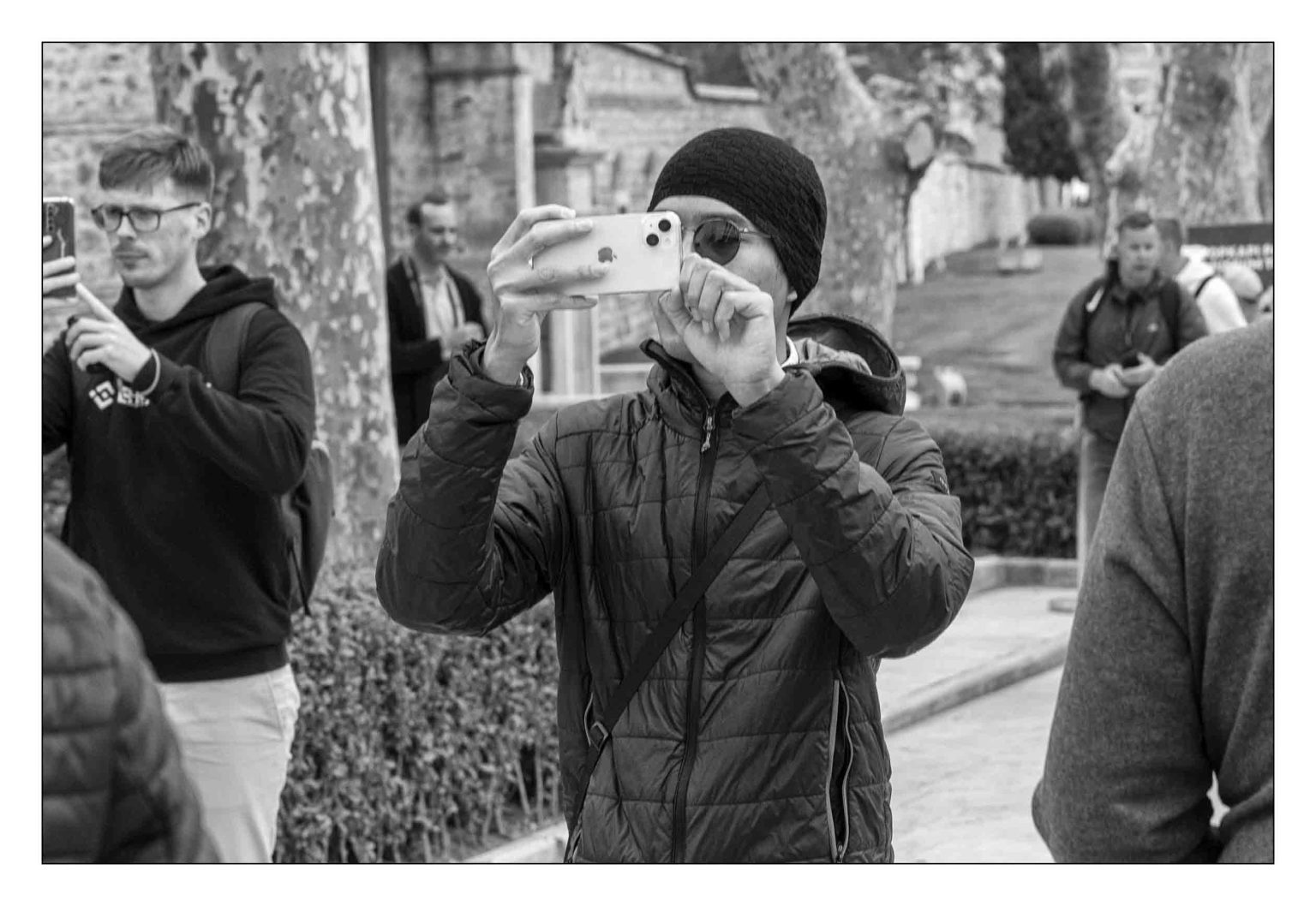
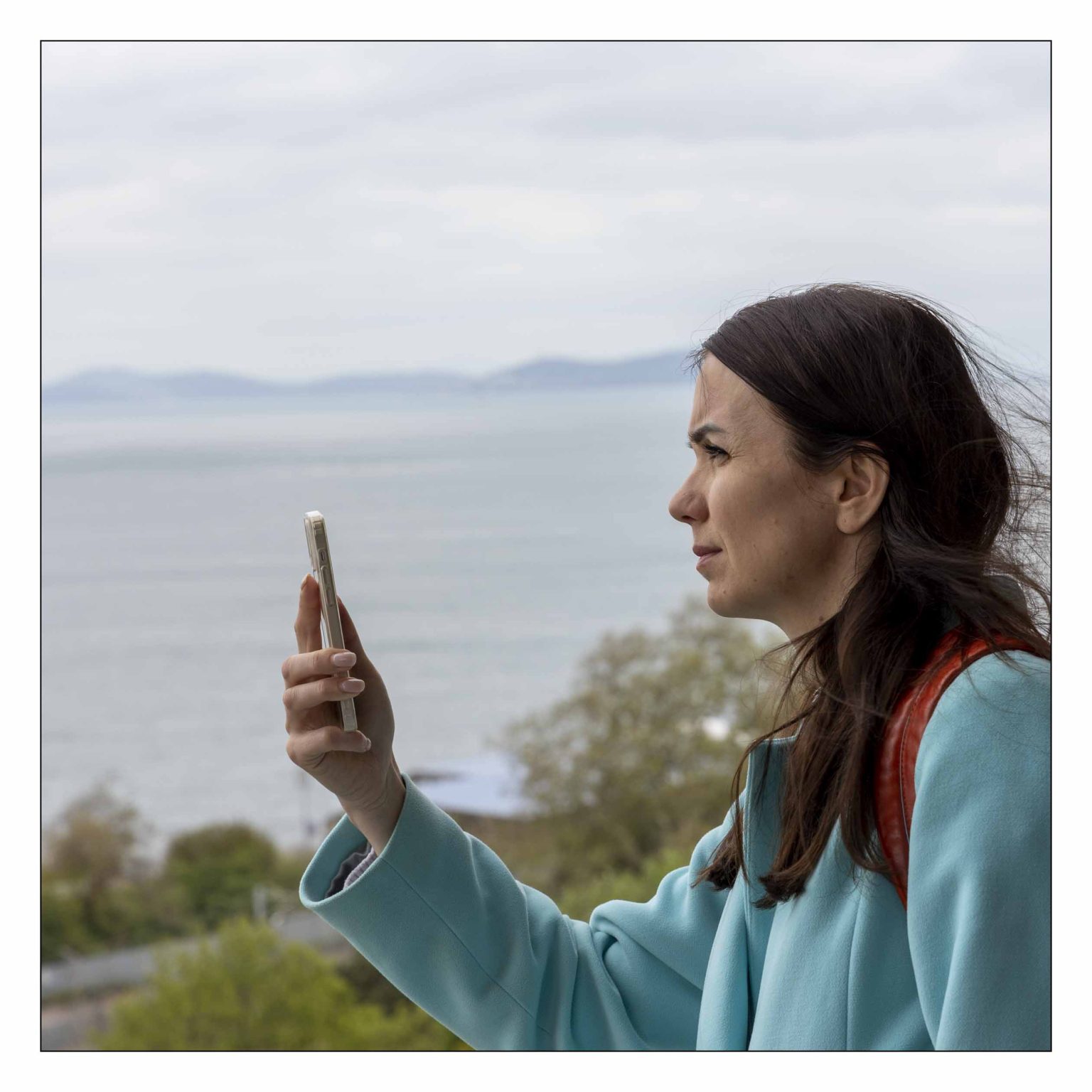
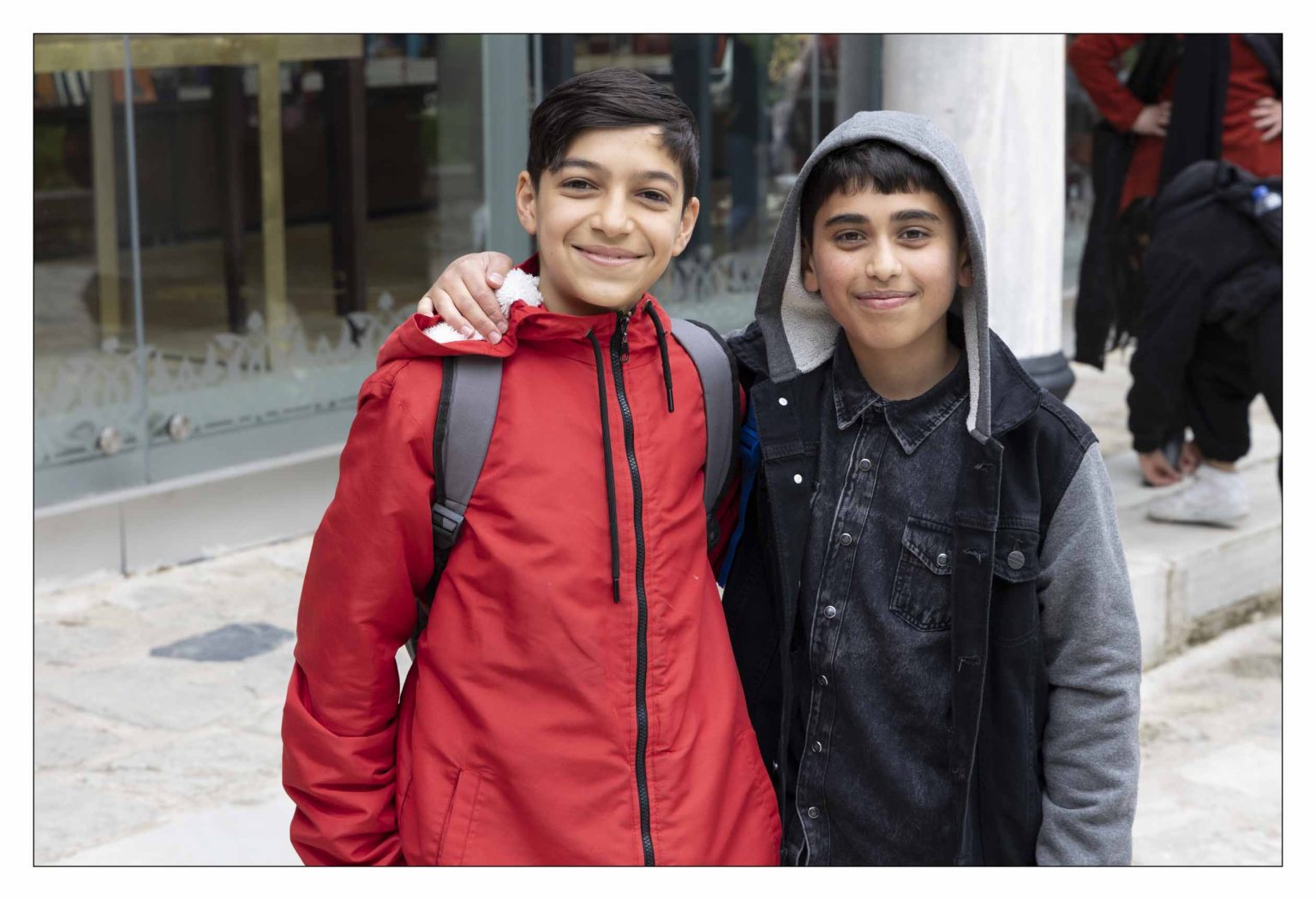
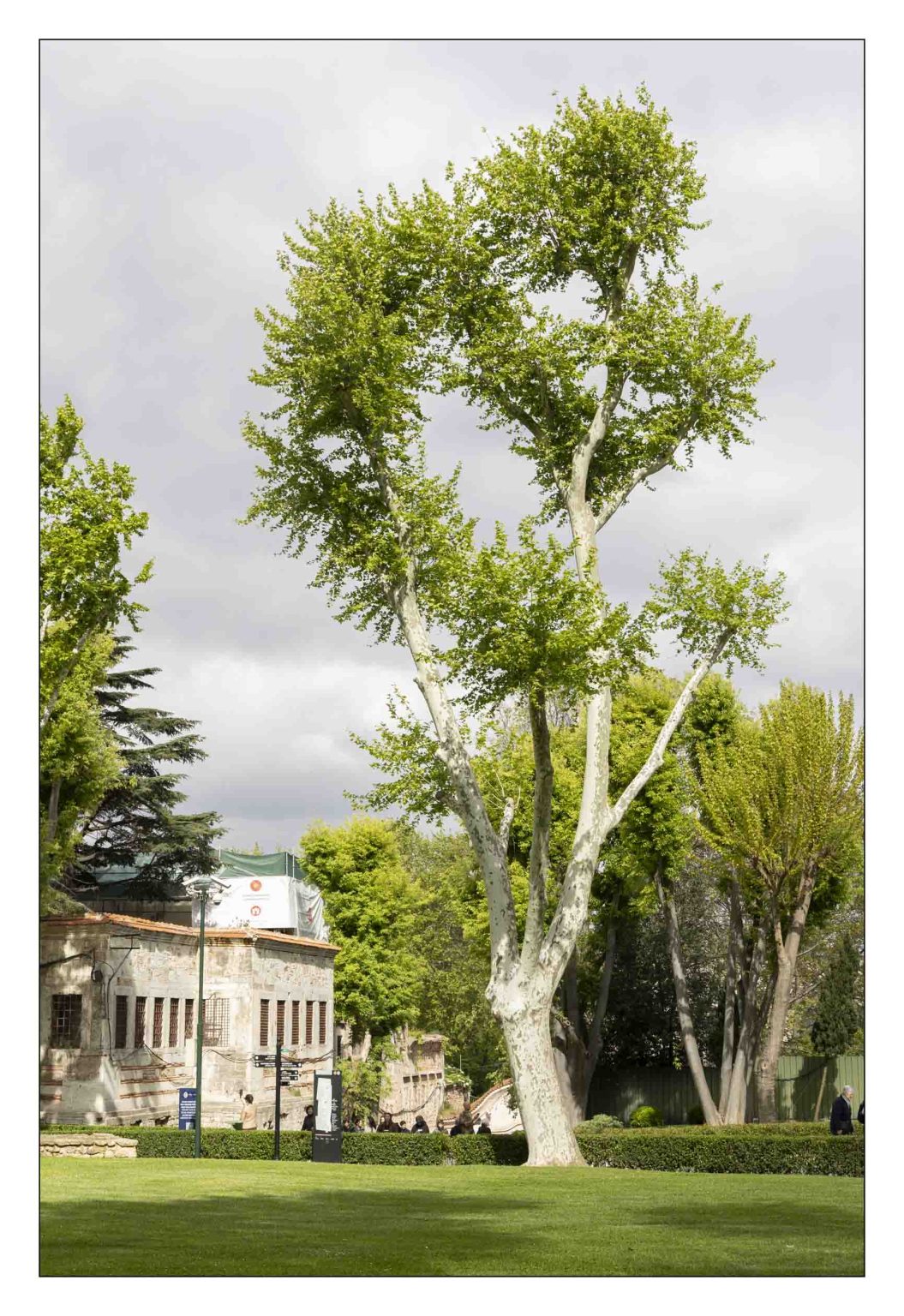
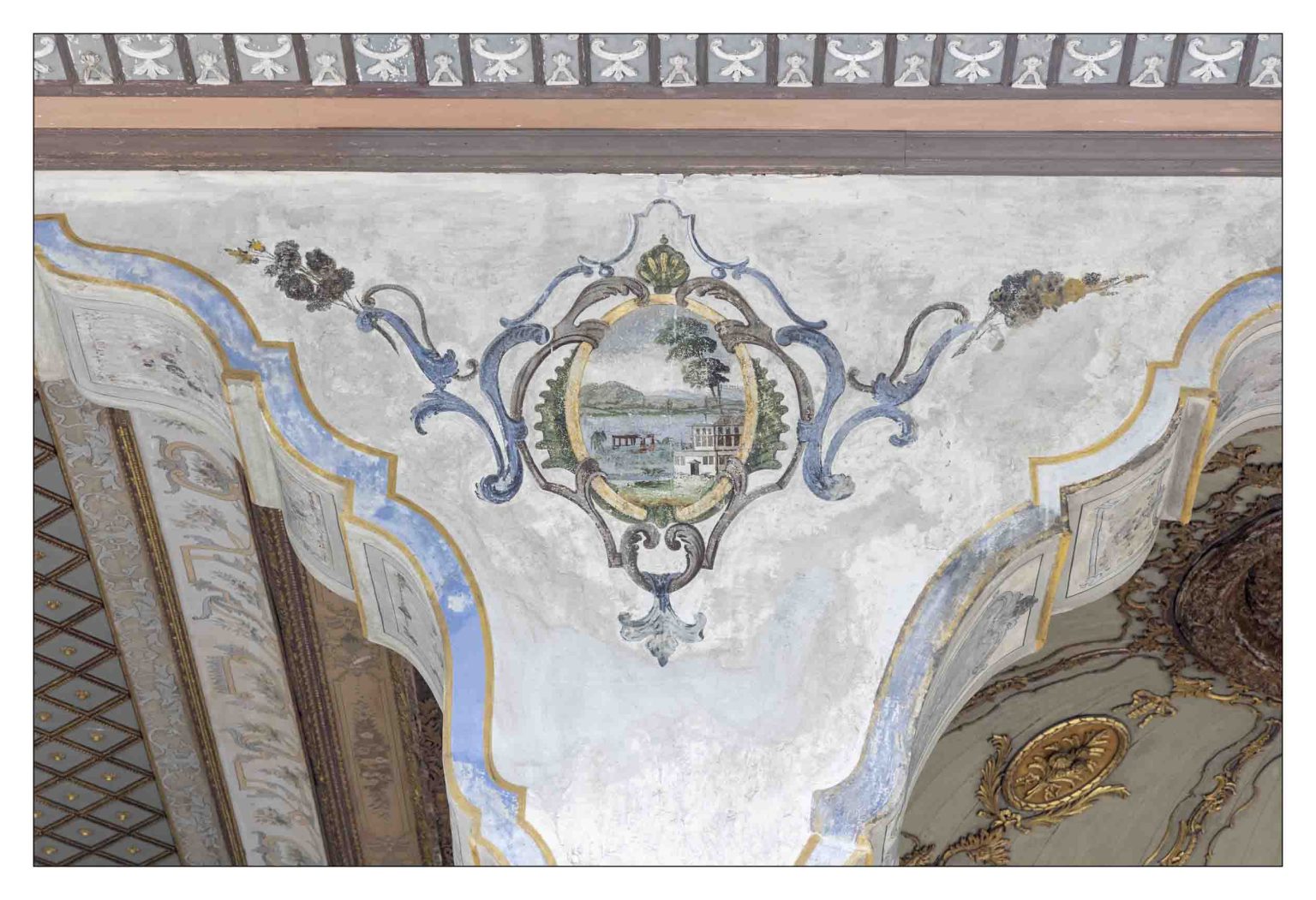
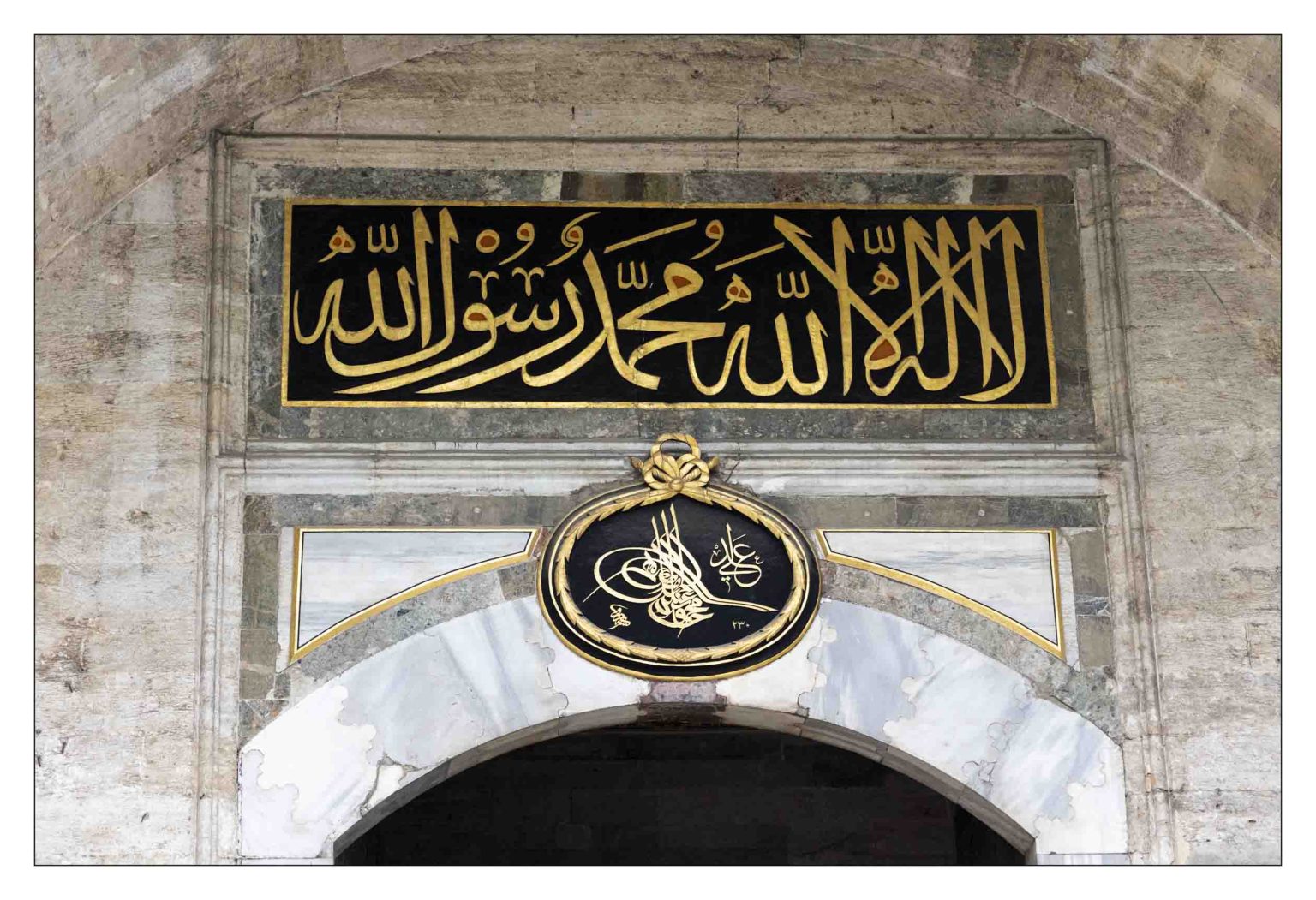
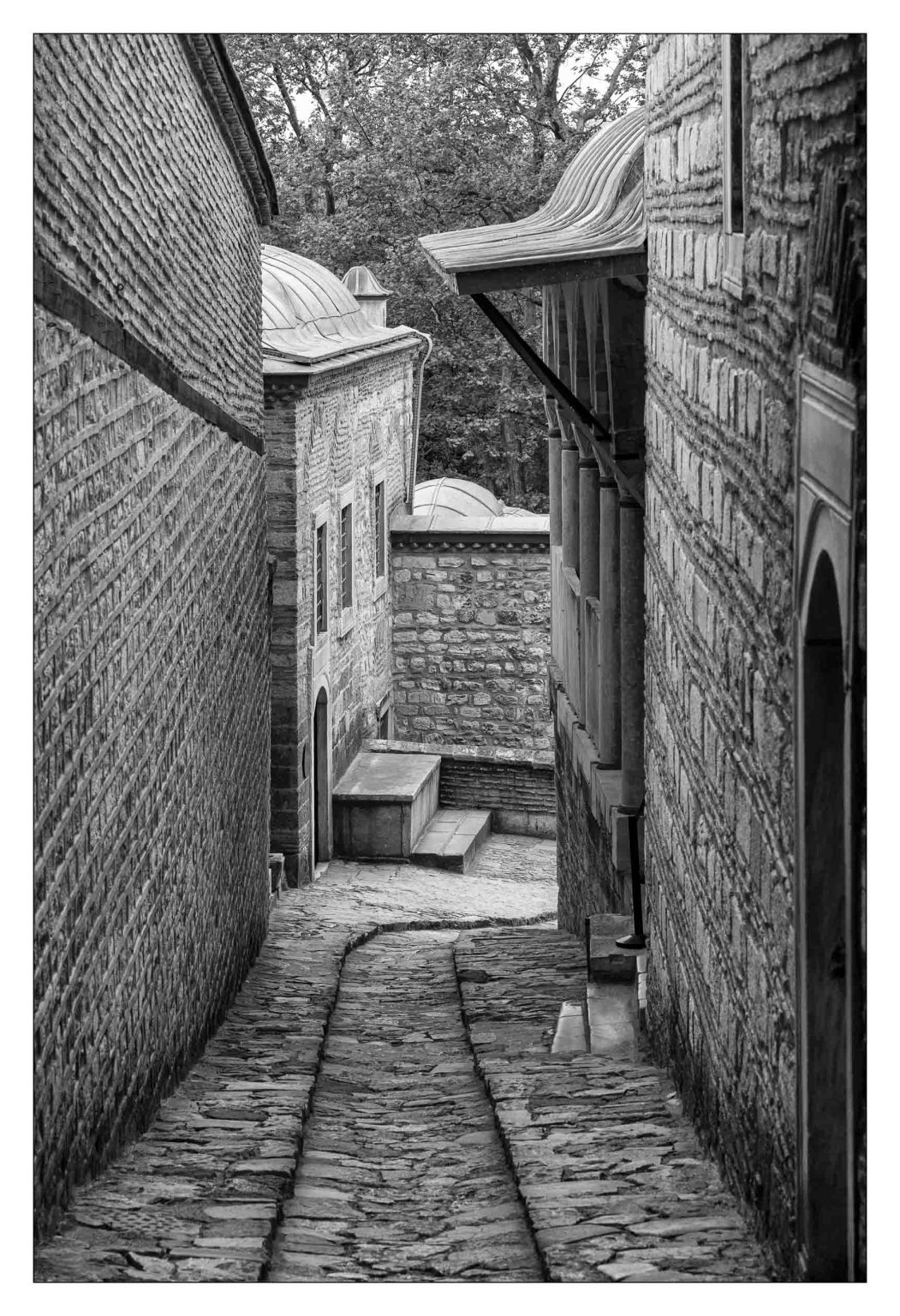
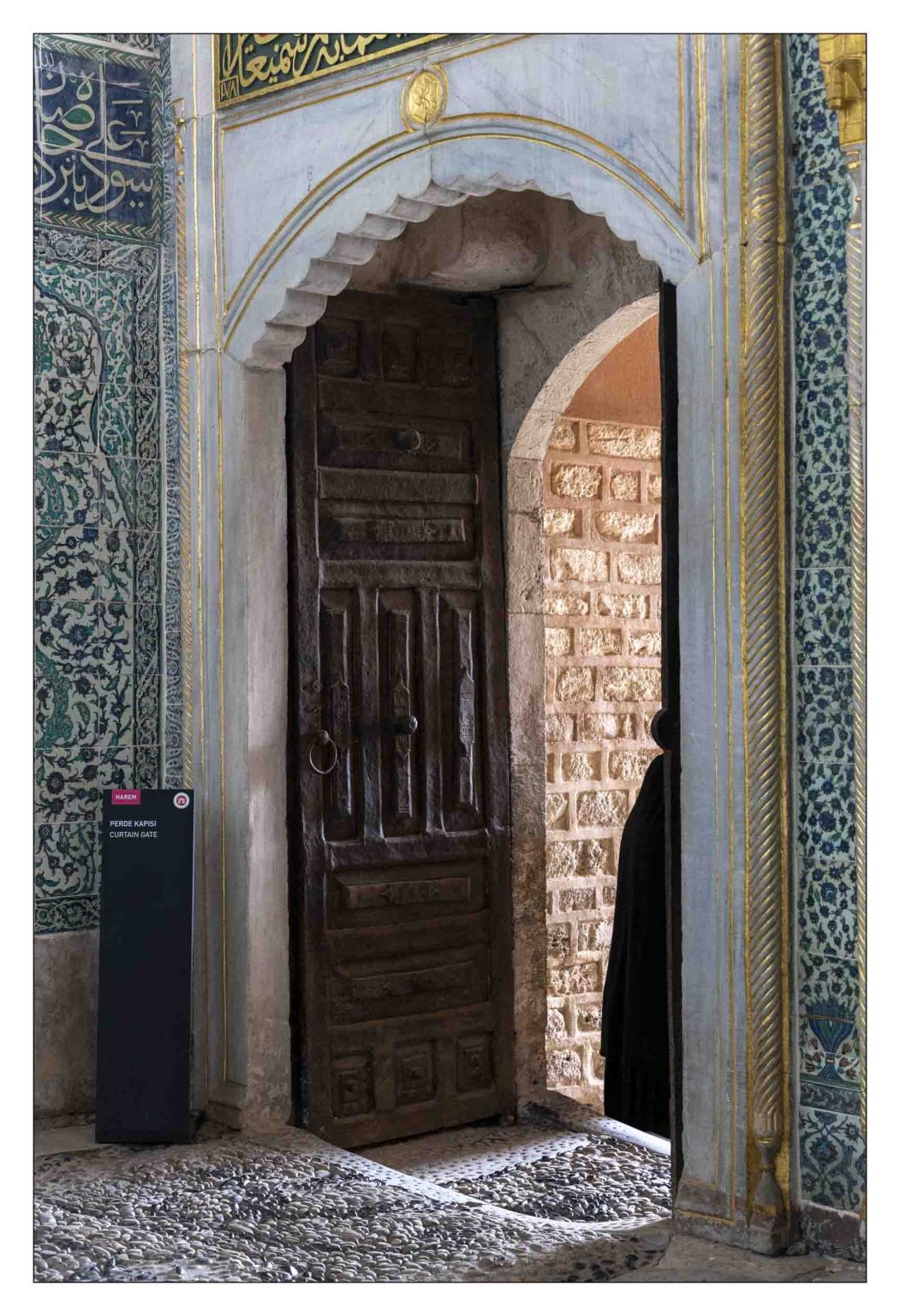
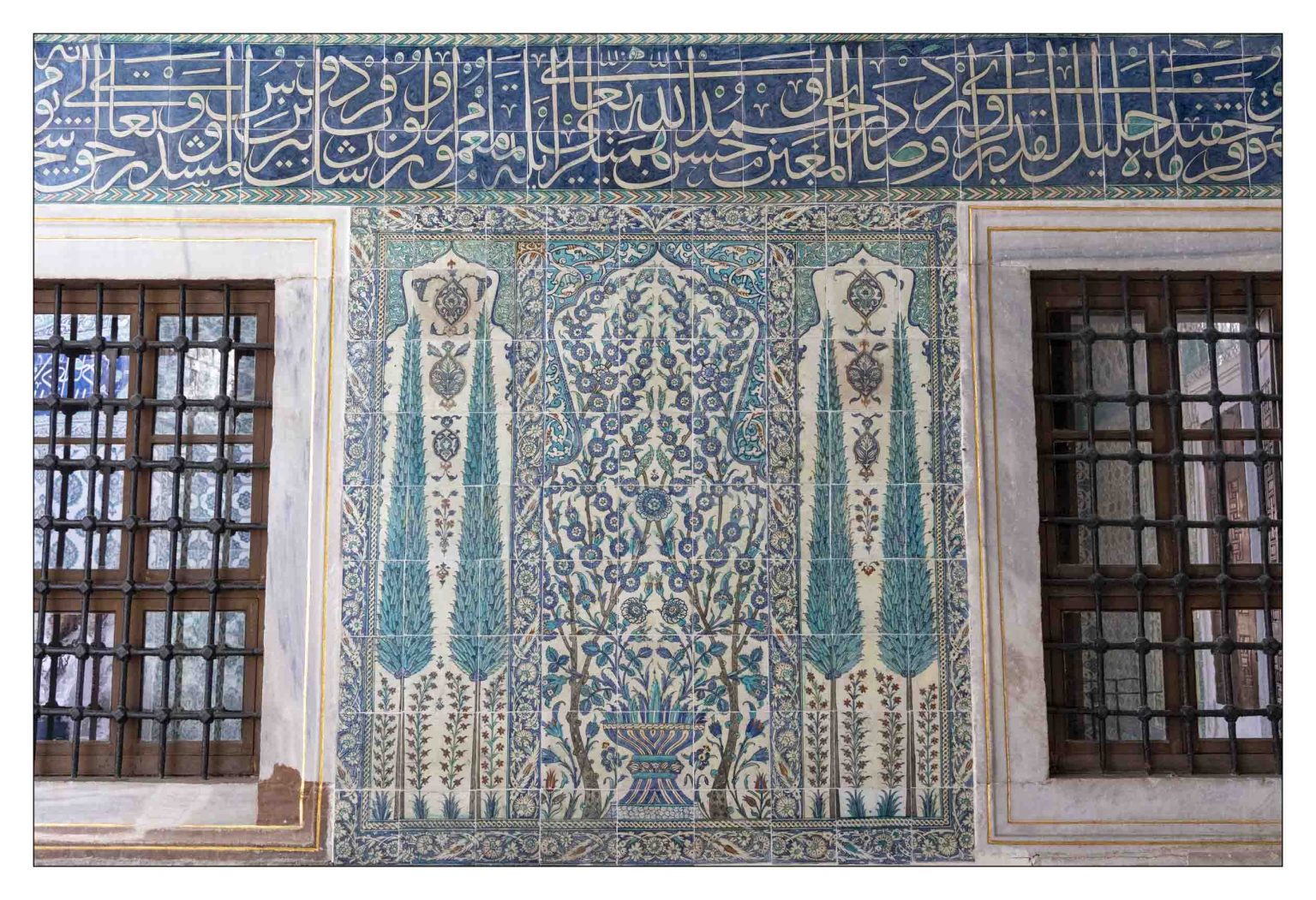
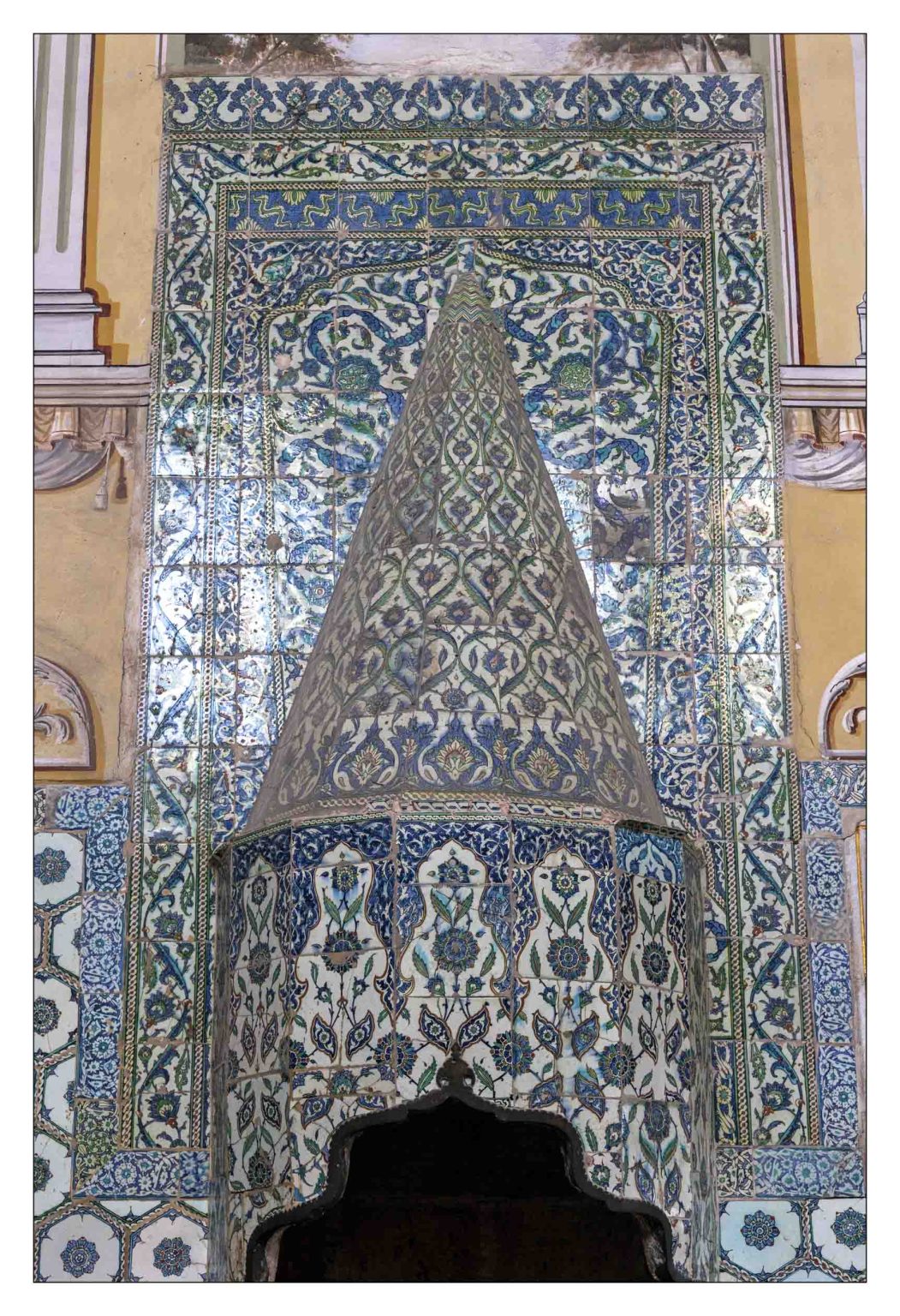
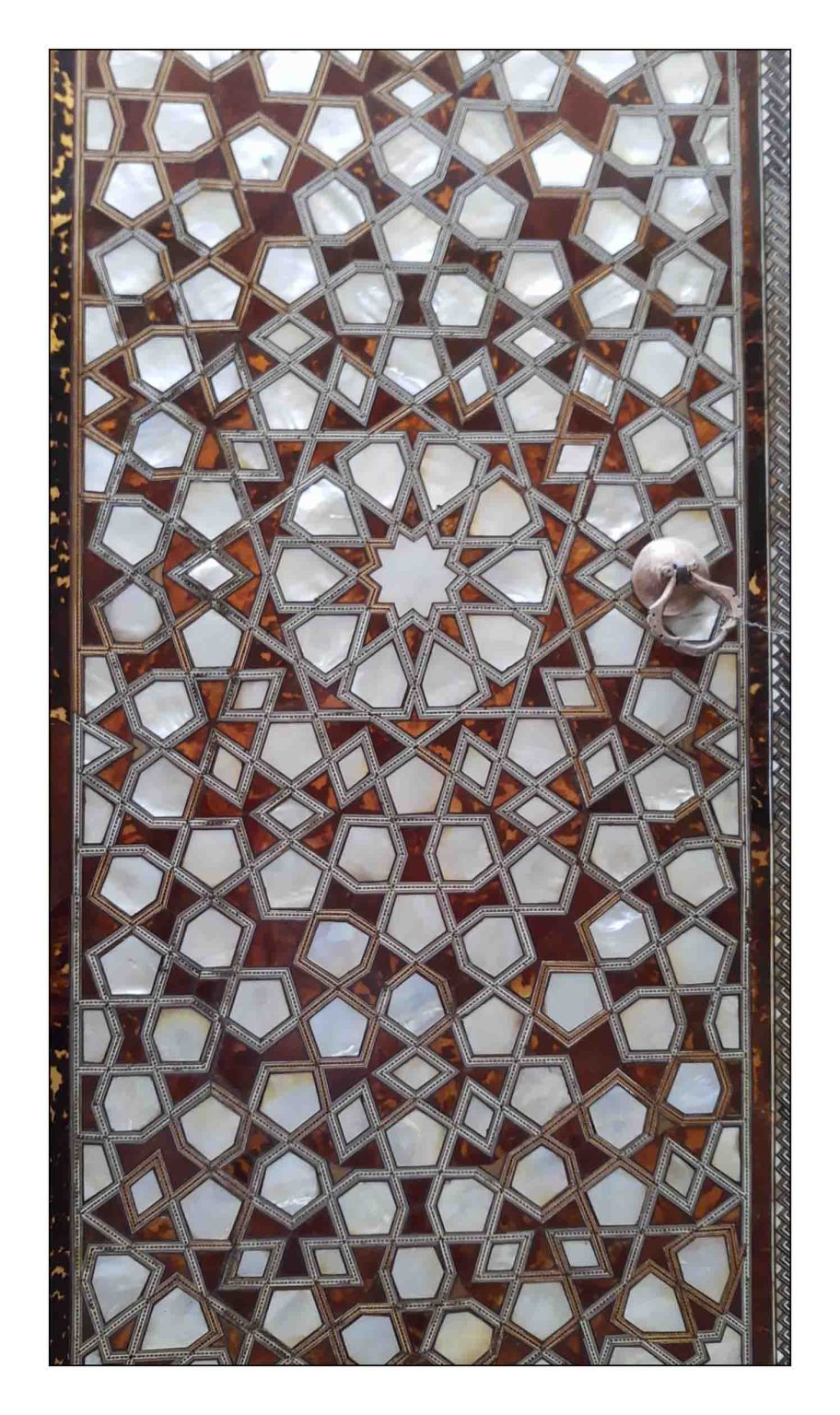
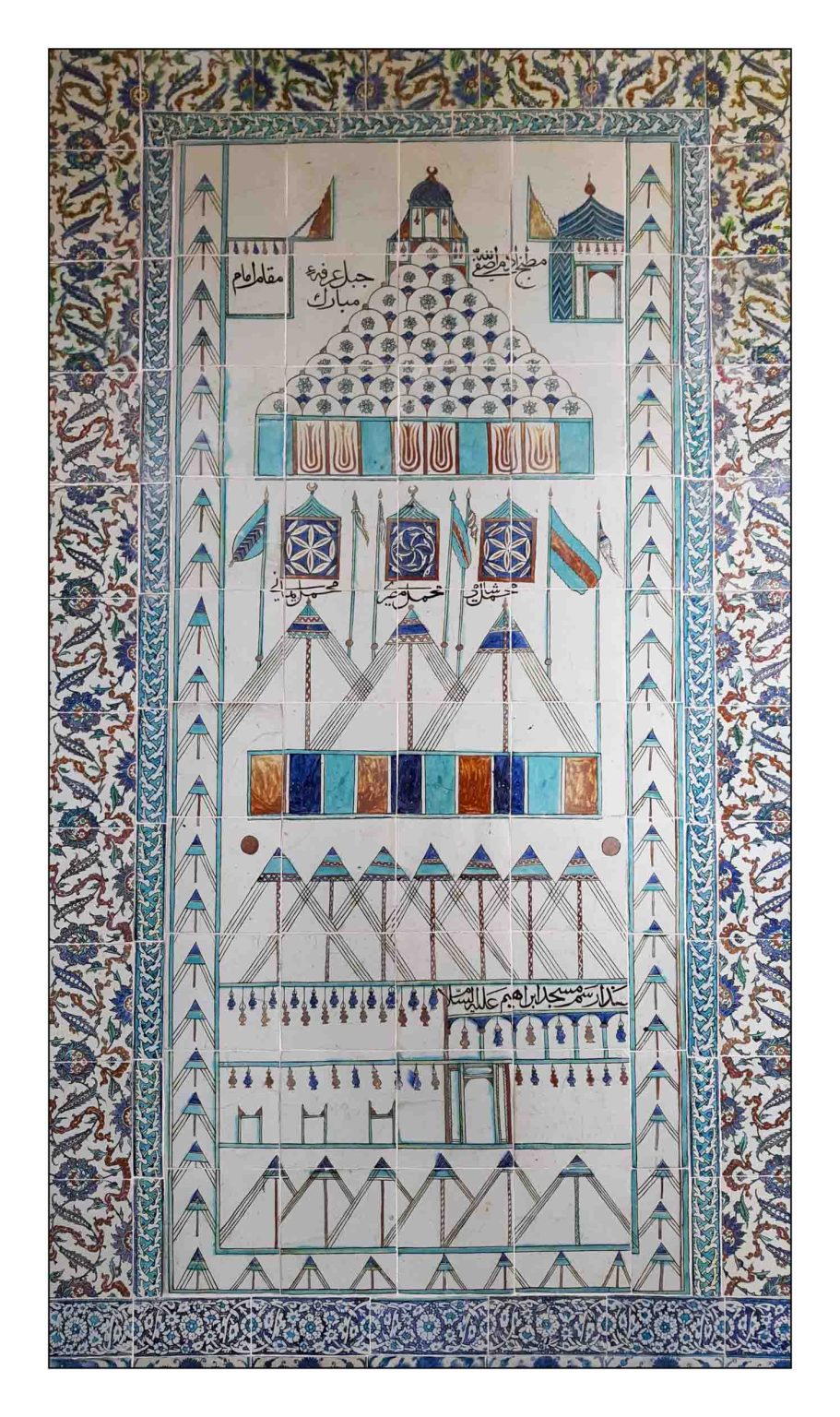
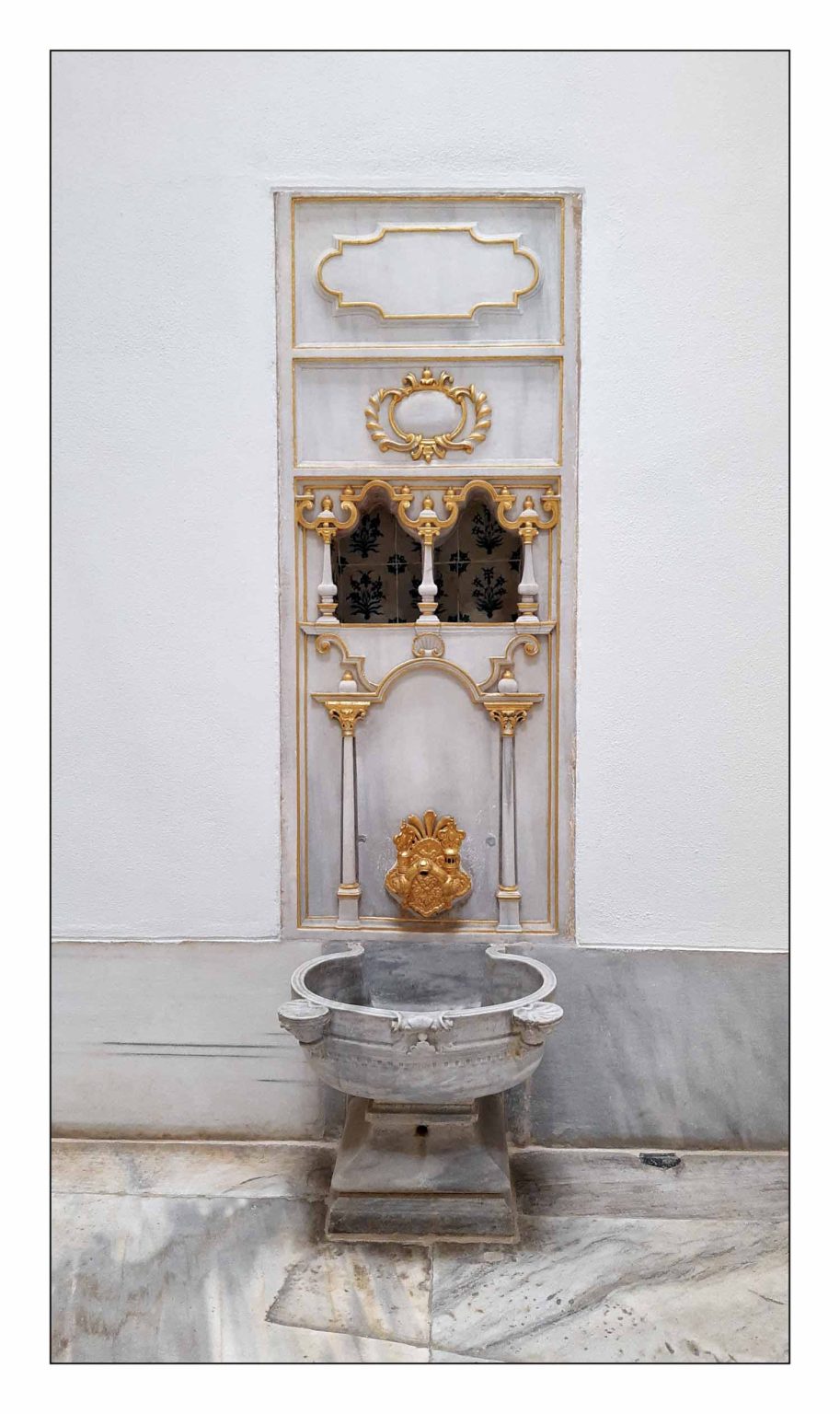
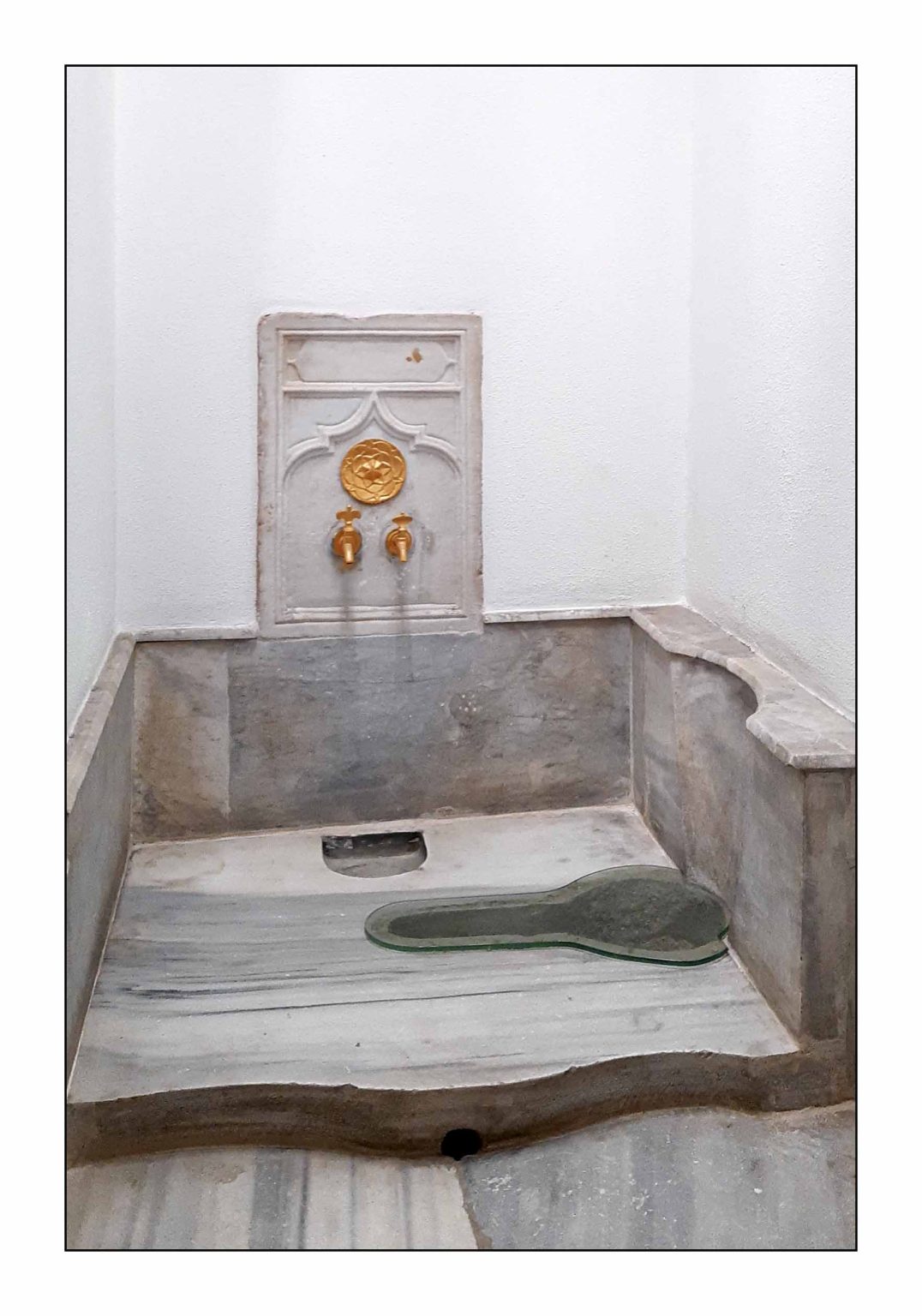
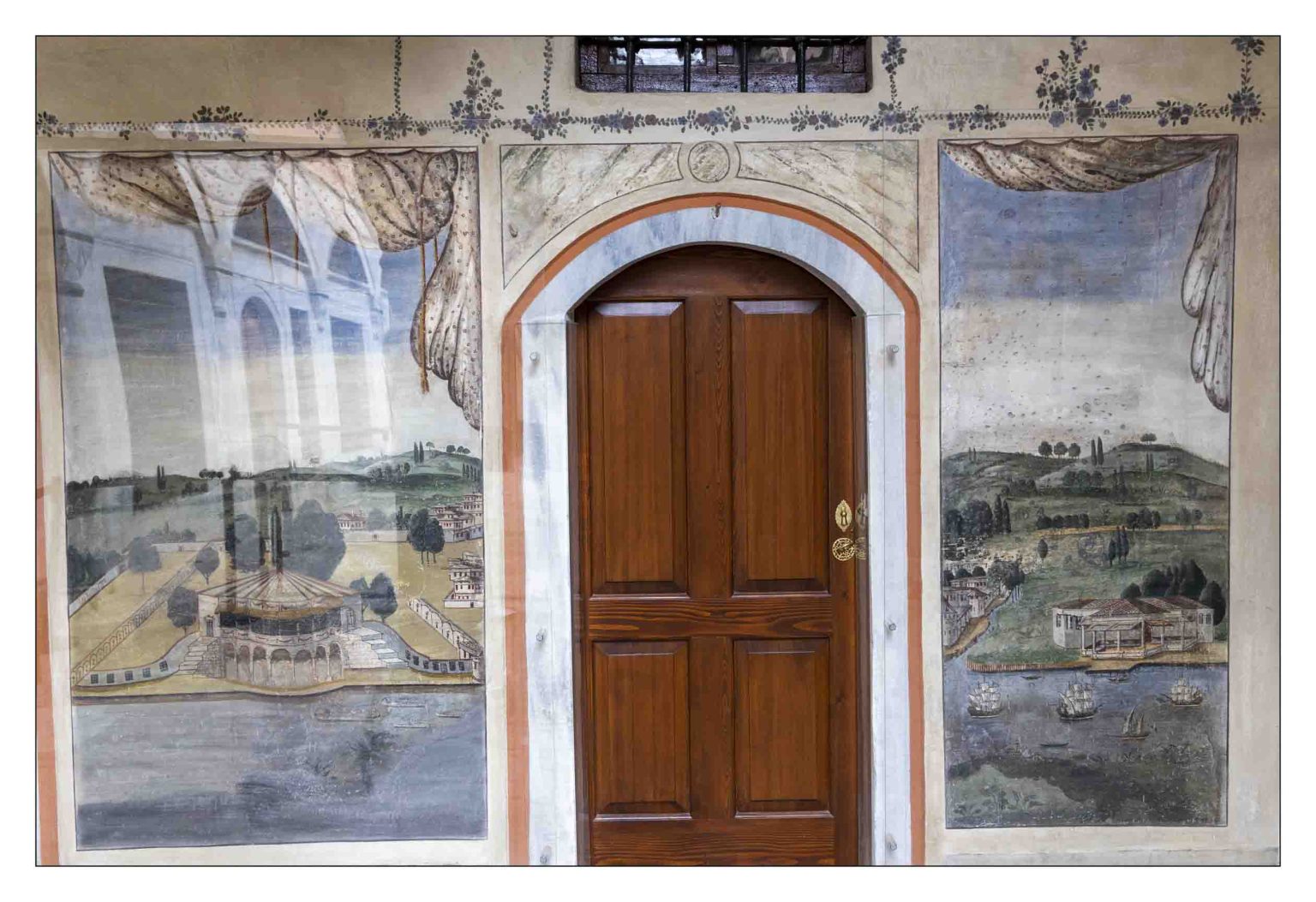
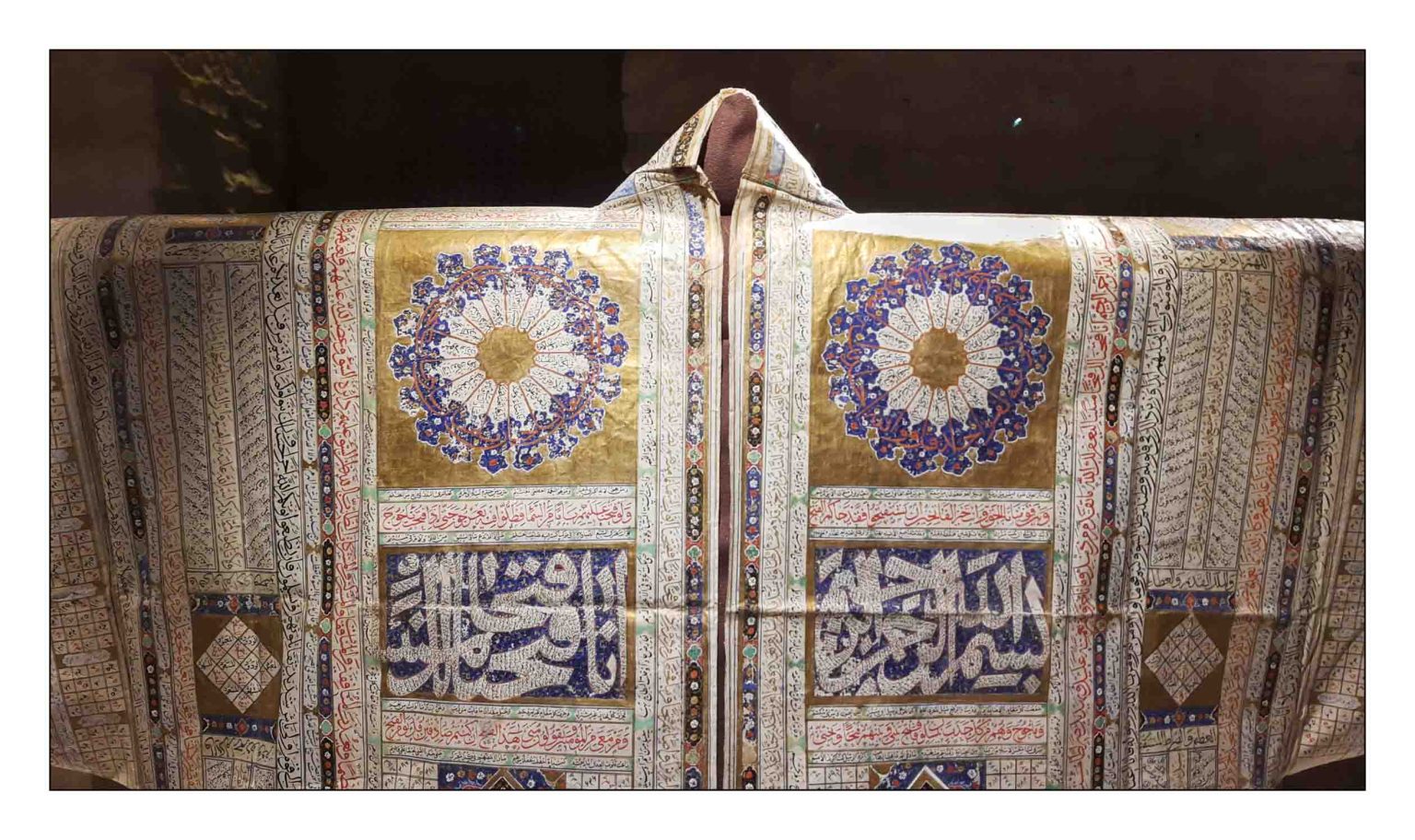
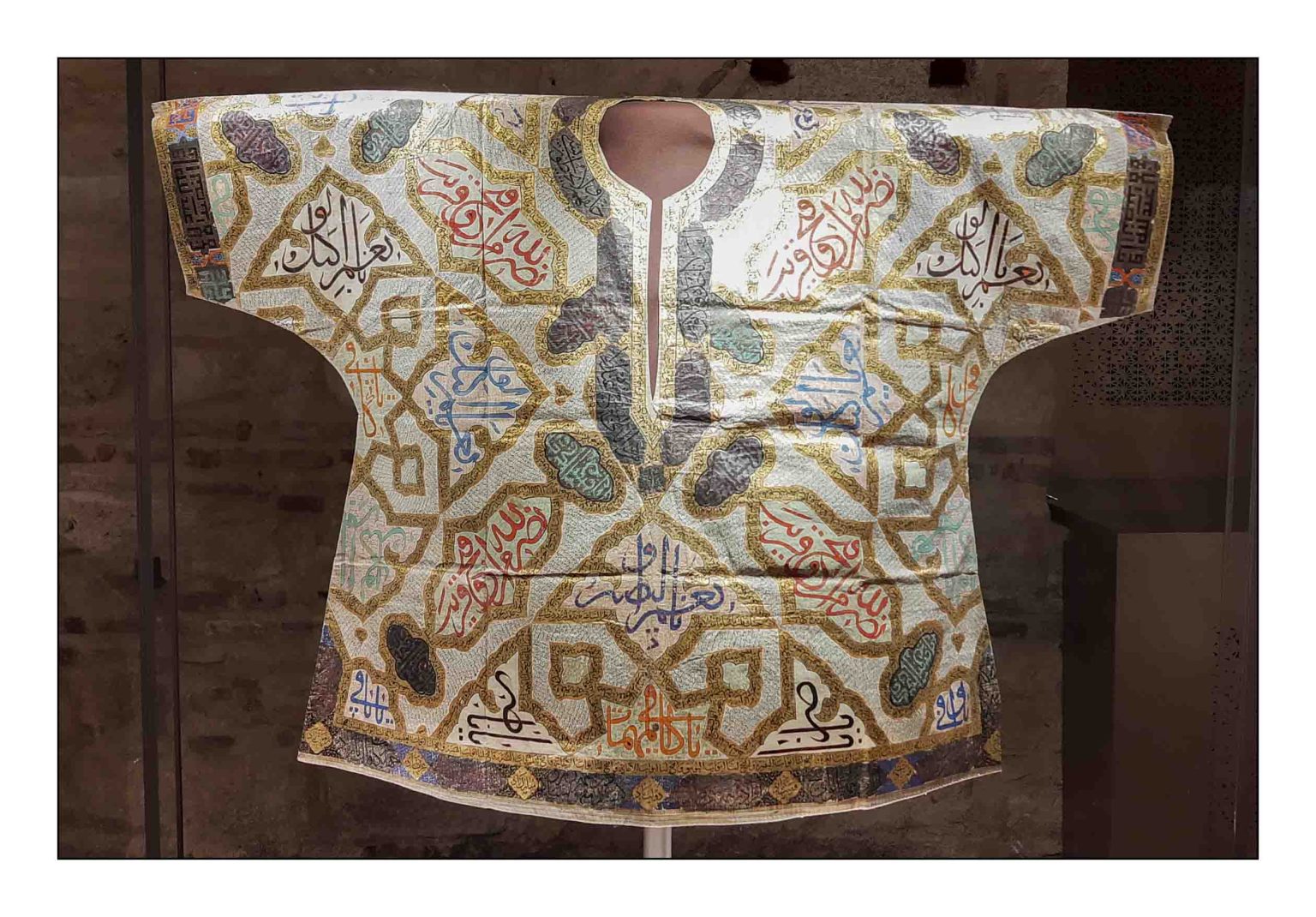
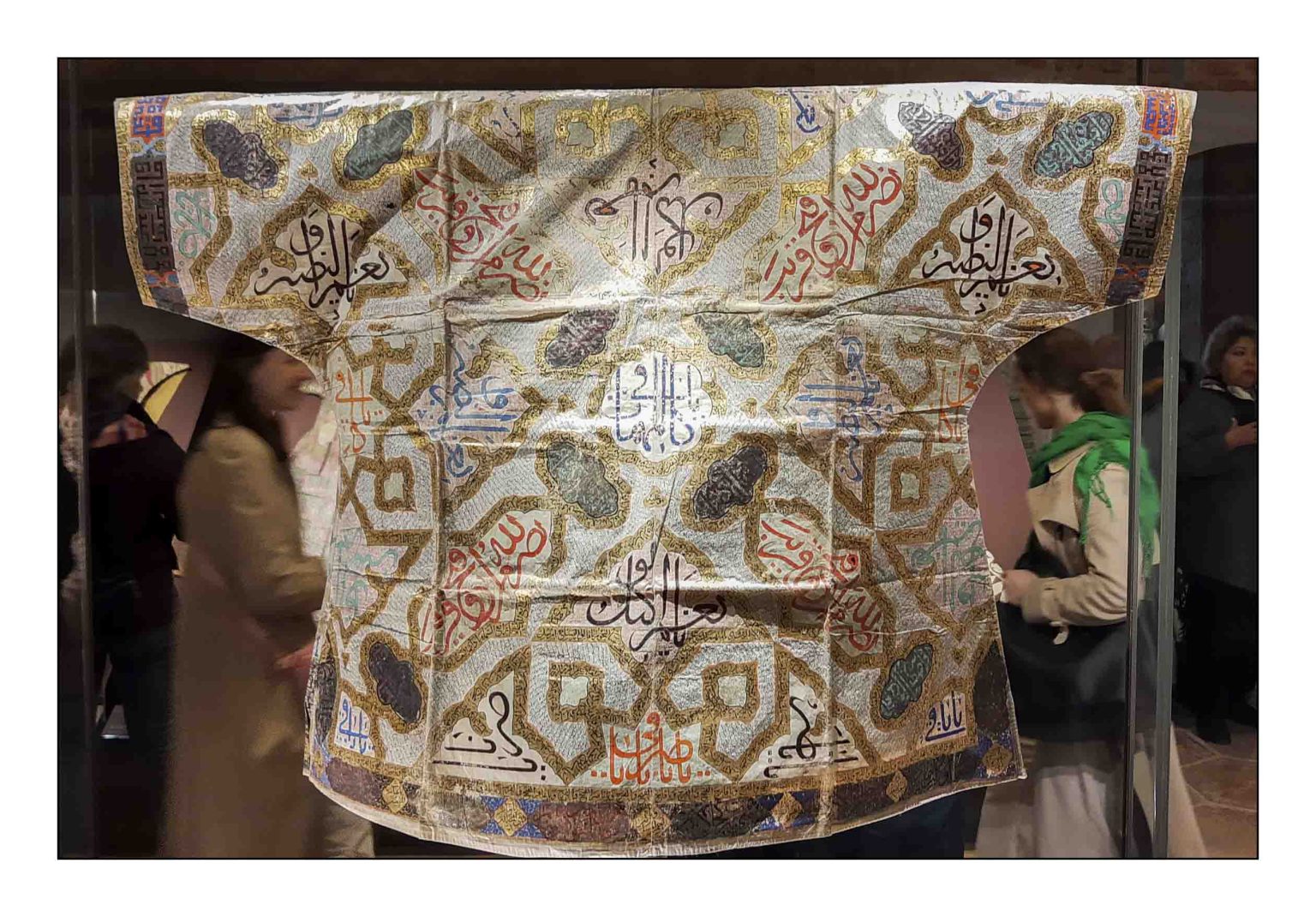
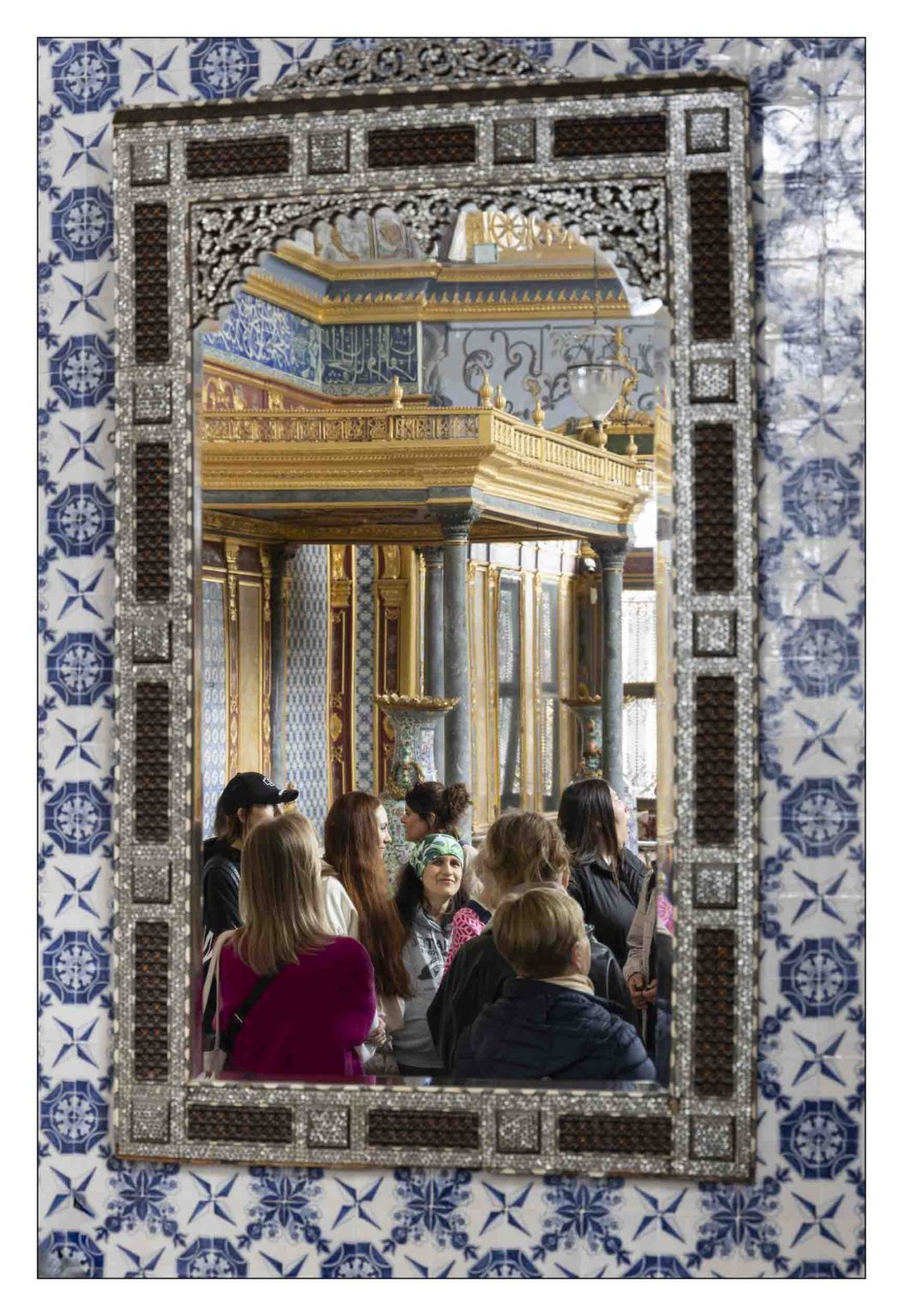
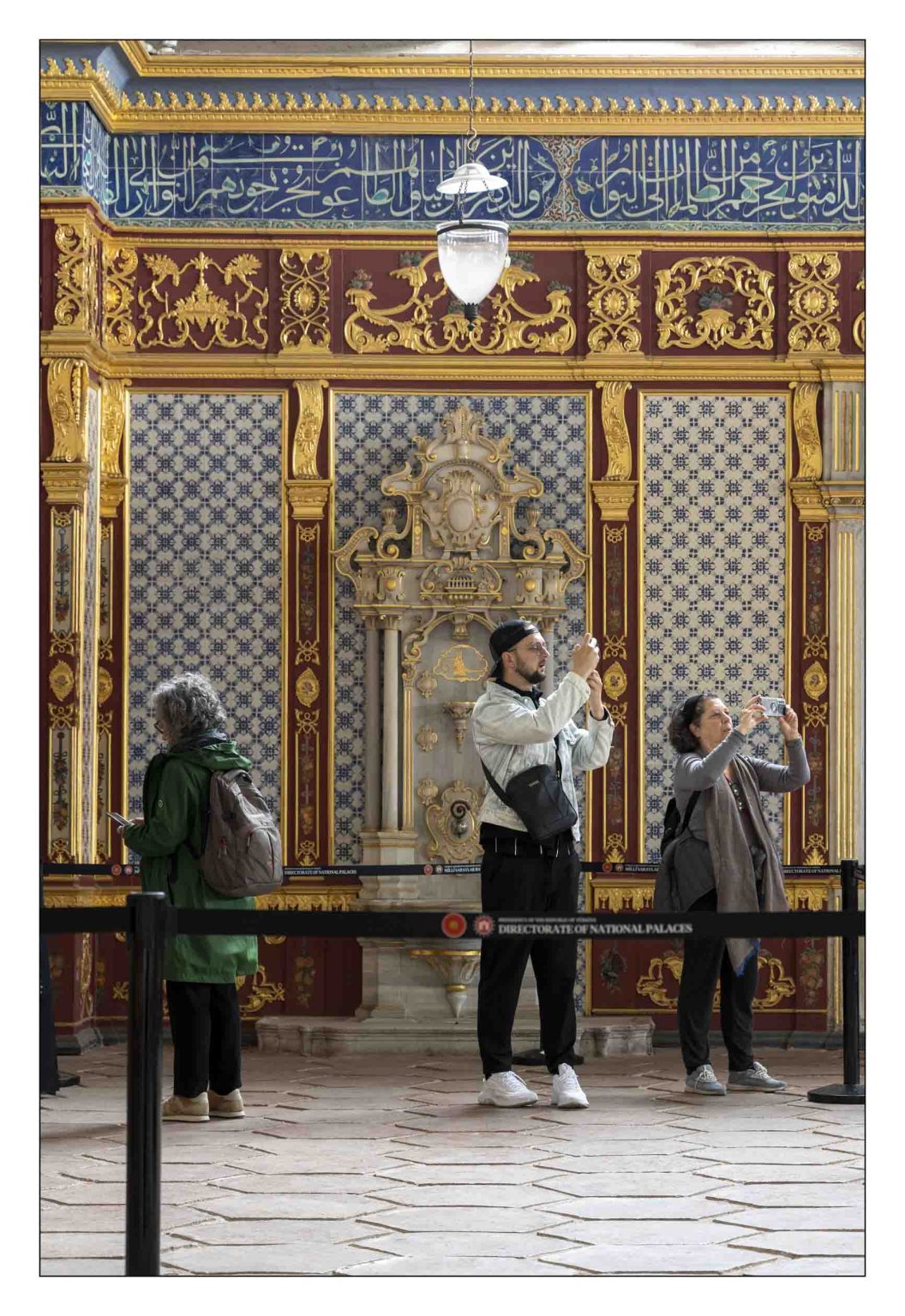
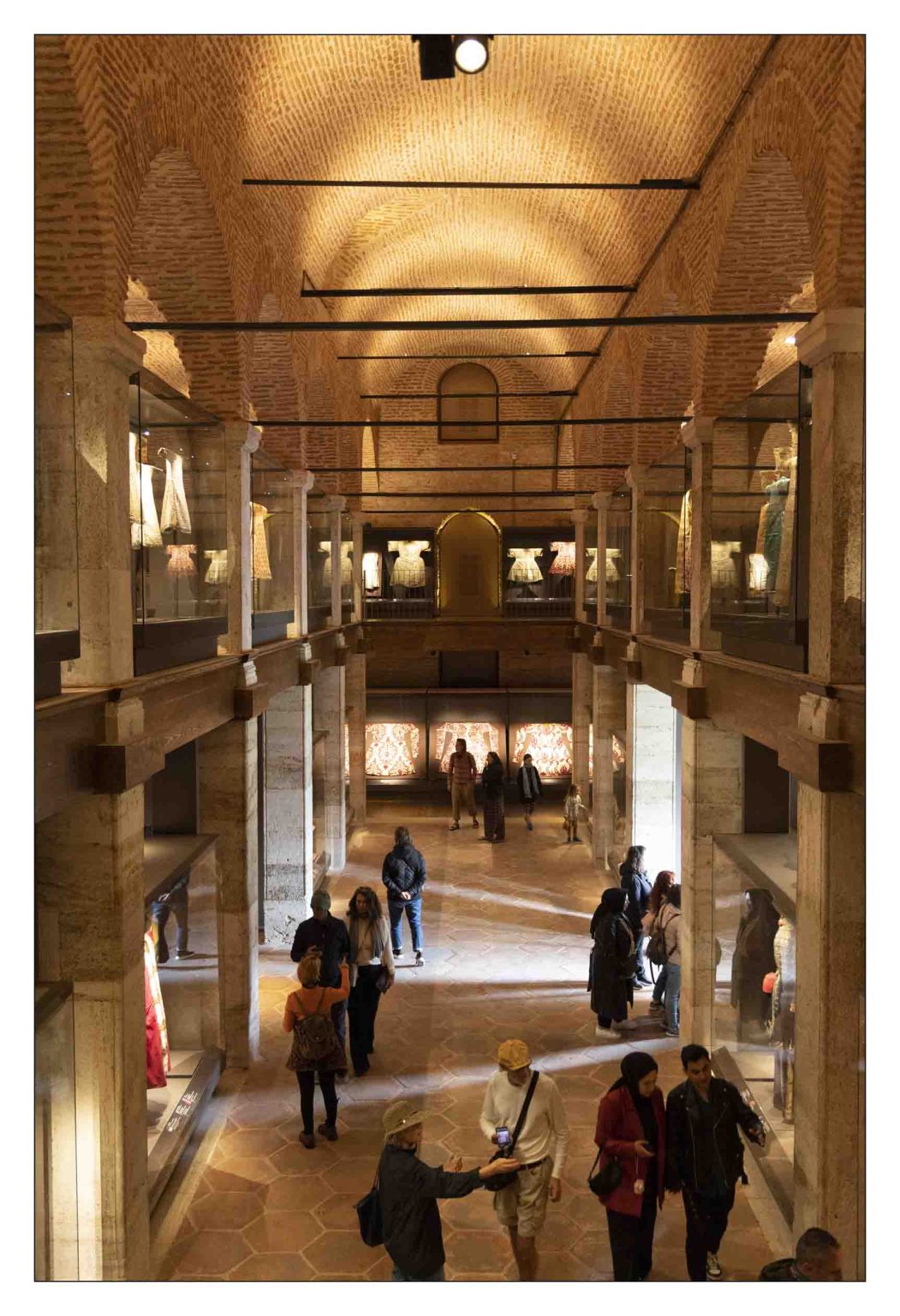
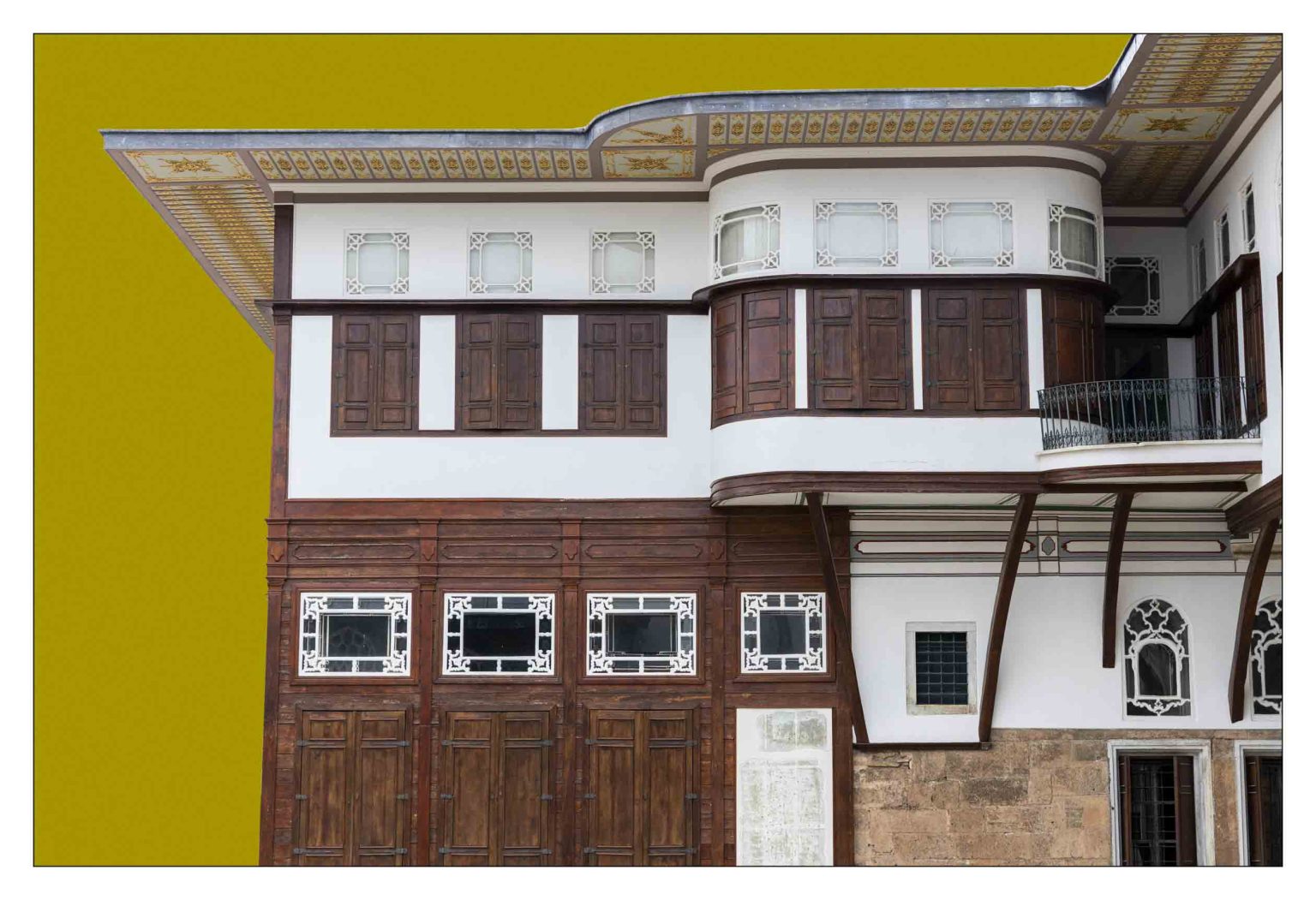
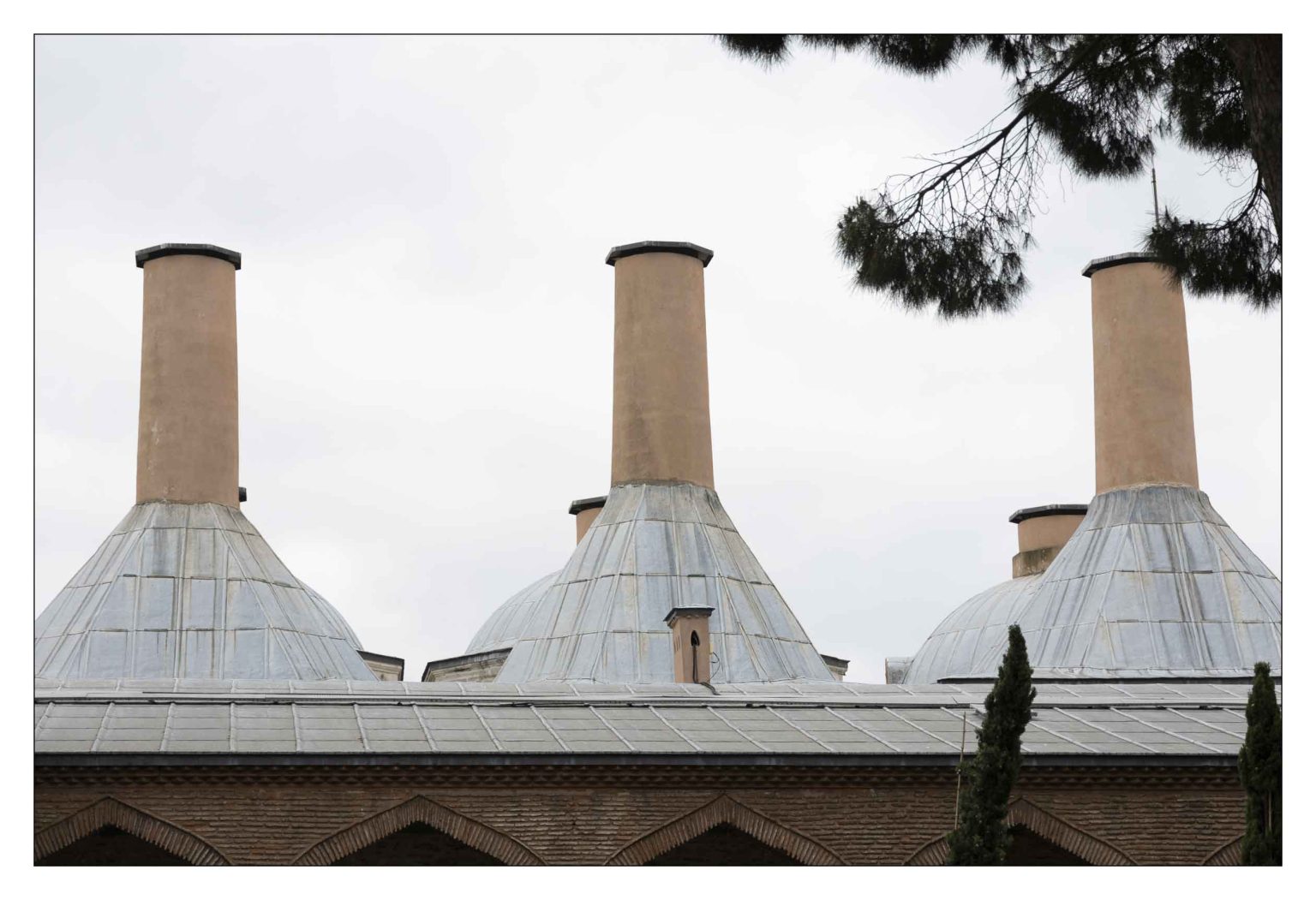

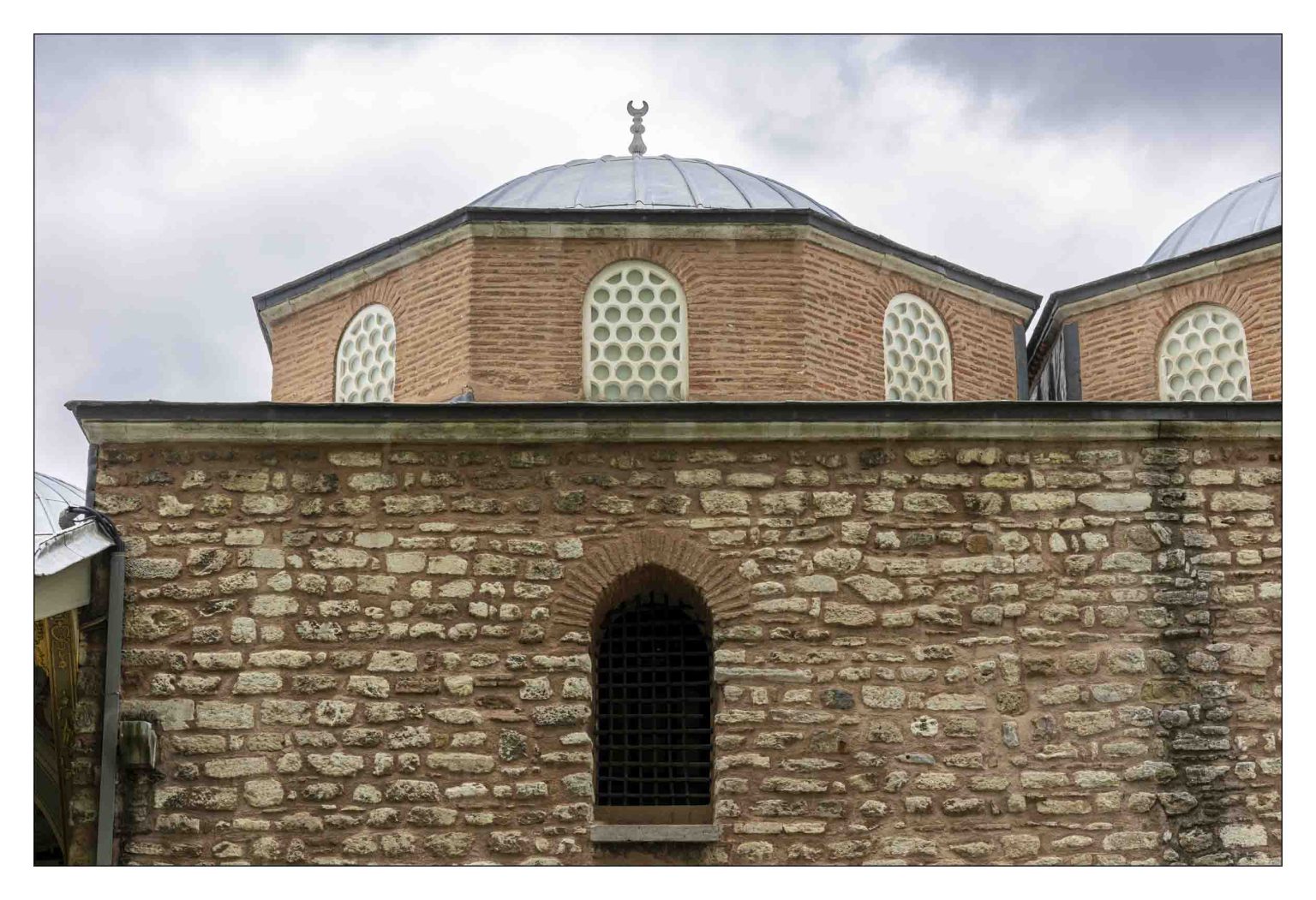
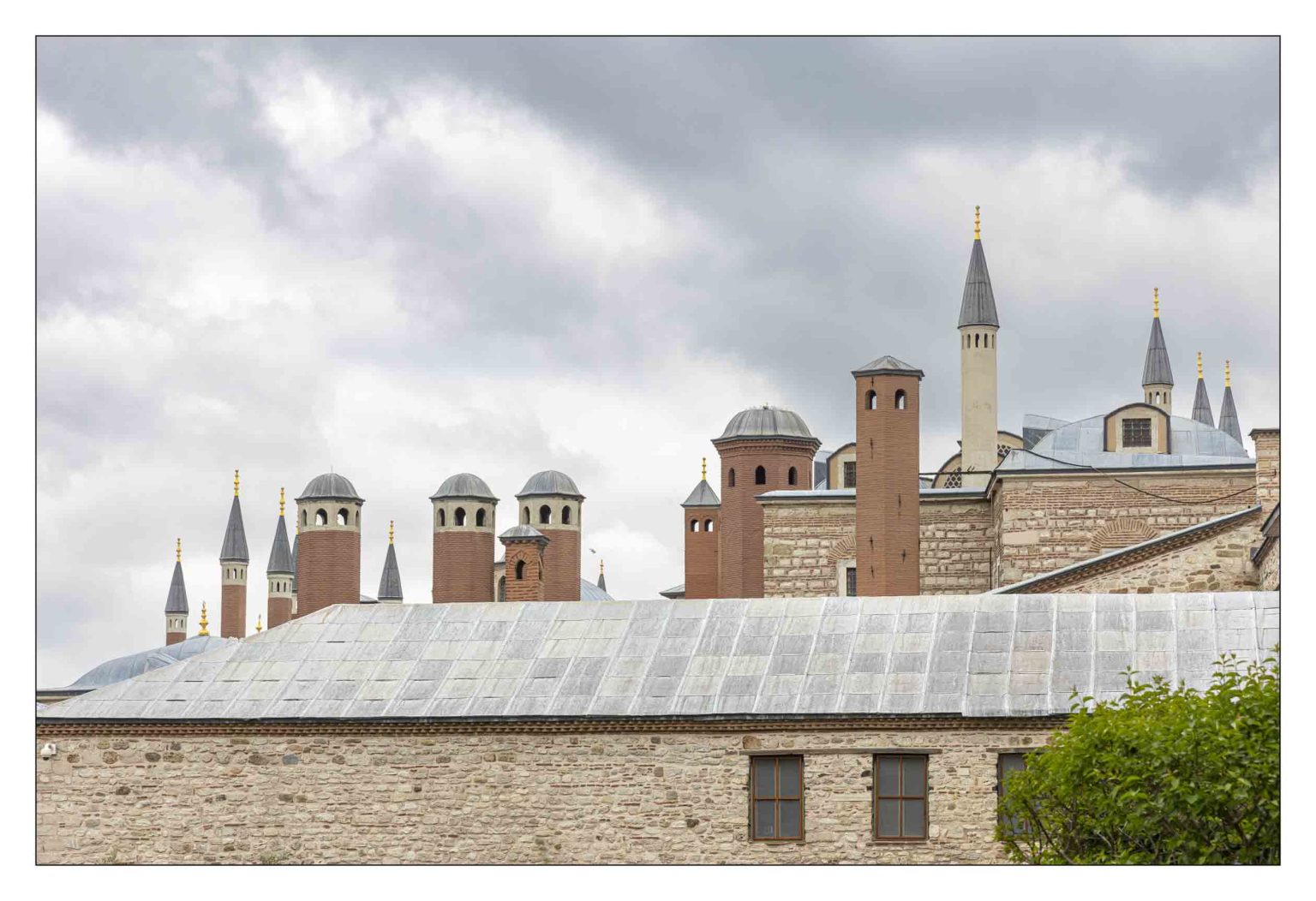
A lovely view of a distant world!
I stopped at 7, and enjoyed the textures and tones. Wondering what’s around the corner.
Love the framing on 9. That blue!
I’ve often been fascinated by the textiles from past eras, the intricacy and workmanship can be amazing. But it’s a pity we can’t touch.
19 caught my attention, wondering if it was a window or a mirror.
The light in 21 is quite wonderful.
22 is an unusual photo. It seems extremely flat, almost as if the photo is of a print not a scene. I love the contrast between the background and foreground.
Thank you for visiting and commenting. 22 is an experiment. I like the way the building becomes isolated and disconnected from any visual context.